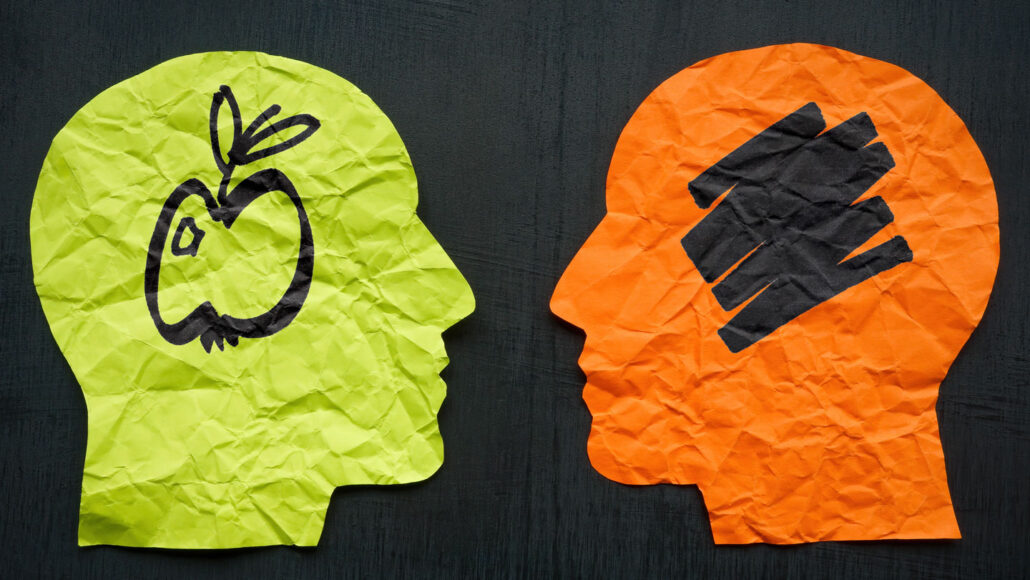
Brain
Scientists are exploring why some people don’t have a mind’s eye
A researcher with aphantasia is studying how different senses work together in the brain — and when they don’t.
Come explore with us!

A researcher with aphantasia is studying how different senses work together in the brain — and when they don’t.

Not everyone has a “mind’s eye,” and that’s OK. Some people recall memories and process information in different ways altogether.

A hair pull is detected by a protein used to sense light touches. It also travels faster than most other types of pain.

Freek van Ede studies how the brain selects information to plan for the future. He’s finding clues in the tiny movements people make with their eyes.

New computer-linked brain implants offer hope to those who have lost the ability to speak or move.

This brain chemical helps focus our attention and plan our path toward success.

Differing political views may stem from our evolutionary past — and show up in distinct brain activity. Knowing this may help with challenging discussions.

The idea that we use different sides of the brains to be creative or logical is popular — but it’s not supported by science. Here’s why.

Neuroarts, a new field of science, is finding that exposure to arts can improve learning, behavior and mental health.

Electricity powers key functions in the brain, heart and bone. Scientists are working to understand those currents to improve our health and moods.